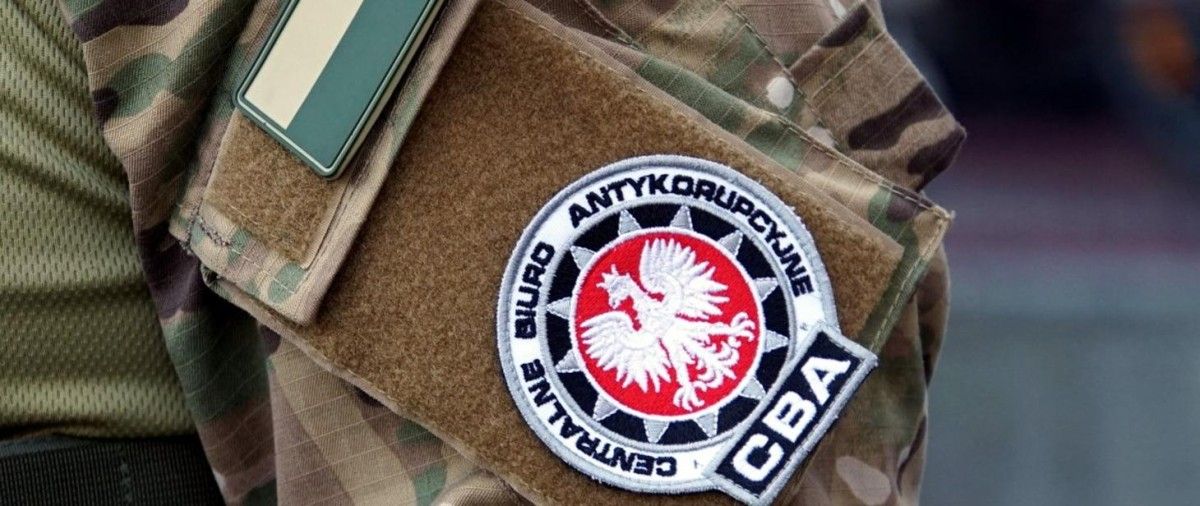I have already encountered the Rohde & Schwarz RSX.25 protocol in any transmissions of the German BPOL and Italian GdF, this time (just a fewer days ago) I spotted specified transmissions from the Polish AirForce (Siły Powietrzne - Ministerstwo Obrony Narodowej, MON) on 6884 KHz/USB where they usage R&S GM2100 proprietary waveforms as HF bearer and UUCP over RSX.25 to send PostMan II email messages (Figure 1). Transmission were recorded utilizing a Polish KiwiSDR [1].
 |
| Fig. 1 |
Particularly, 1 of the transmissions being analyzed refers to the nodes with ALE address WARSZAWA2 and BYDGOSZCZ:
TO WARSZAWA2 TIS BYDGOSZCZ
TO BYDGOSZCZ TIS WARSZAWA2
TO WARSZAWA2 TIS BYDGOSZCZ User Unique Function 00 07 (CMD USER UNIQUE WORD)
The utilized 2G-ALE protocol is the well-known standard 188-141A: the first thing that catches the eye is the usage of a User Unique Function (UUF) [2] with the value 00 07 (14-bit ASCII [nul][bel]) in the 3rd frame of the ALE handshake. User Unique Functions enable the transmission of a manufacturer-specific Unique Index which may be utilized for controlling the subsequent data transmission protocol; in this case, the value 0007 is most likely the peculiar "index" that R&S uses to signal UUCP/RSX.25 protocol to the receive node.
Data are sent utilizing the HF waveform "Signal Format", a alleged R&S proprietary advanced waveform provided by their GM2100/GM2200 HF modem. The utilized waveform is the rather common 2400Bd PSK8 occupying a 3 KHz bandwidth (Figure 2). With 8PSK the net data rate of the serial modem is 5400 bit/s, errors are at first corrected by FEC, which reduces net data rate to 2700 bit/s.
 |
| Fig. 2 |
The framing consists of a 192-symbol series preamble followed by 1 ore more data blocks each consisting of 64-symbols: 48 unknown symbols (coded data) + 16 known symbols ("test sequences"). The postamble terminates the data blocks and consists of a 64-symbol End Of Message sequence. but for the presence of an first TLC section(s), the full dimension is then a multiple of 64 symbols.
 |
| Fig. 3 |
Figure 4 shows the ACF/period of the GM2100 waveform: since the 2400 Baud, the ACF value of 133.33ms corresponds to a 320-symbol period, i.e. to 5 64-symbol data blocks.
 |
| Fig. 4 |
The dimension of 320 symbols is due to the fact that the 16-symbol test sequences are actually "segments" of a longer 80-symbol series and so they are 5 times repeated, as visible in Figure 4 (unless demodulation errors), hence the dimension of (48+16)×5=320 symbols, or 960 bit since each PSK8 symbol is mapped to a tri-bit series (000...111).
 |
| Fig. 5 |
After the removal of the HF waveform overhead, the well-known 8-bit patterns of RSX.25 appear (Figure 6). RSX.25 virtually stands for R&S adaptation of wired X.25 protocol to the HF radio channel,ie a modified AX.25 packet radio protocol.
Quoting R&S papers: "RSX.25 organizes the data to be transmitted in packets, which are successively transferred to the data modem. The packets contain a variable number of frames, the number per packet depending on radio-link quality and being adapted at regular intervals. The data transmitted in a packet are distributed among the frames. The dimension of the frame data is variable and besides depends on radio-link quality: in channels of very good quality, a frame contains up to 250 data bytes, in powerfully disturbed channels 4 bytes. Errors escaping FEC are eliminated by the ARQ procedure of the RSX.25 protocol." [3]
 |
| Fig. 6 |
 |
| Fig. 8 |
The messages can be parsed according to the UUCP protocol internals [5] so to get any another informations about users, SW/HW equipment... and so on.
S caller hostname = Bydgoszcz_HF
-pz -vgrade=z requests the called strategy to only transfer files of the specified grade or higher = z (grades in UUCP links means 'priorities')
-R caller UUCP understands how to restart failed file transmissions. Supported only by strategy V Release 4 UUCP, so this is simply a strategy V release.
-N07 - caller UUCP understands the Taylor UUCP size negotiation extension (only for UUPlus, so this is UUPlus)
ROKN07 – called station acknowledgement of ‘R’ options. The caller UUCP is acceptable, it specified `-N', and the called UUCP besides understands the Taylor UUCP size limiting extensions
Pyie the called station supports the following UUCP protocols y, i, e
Uy the calling station selects which protocol to usage out of the protocols offered by the called station, in this case the UUCP protocol 'y'
0666 mode of file, if UUPlus always = 0666 for outgoing files
dso22odn@bydgoszcz.airforce.pl file name
0x3d26 file size (15654 bytes)
rsmail -v2 -f dso22odn@bydgoszcz.airforce.pl dsocop@warszawa2.airforce.pl
dsocop@warszawa2.airforce.pl it's the called station (ALE address: WARSZAWA2) , "dso cop" is most likely the Armed Forces Operational Command in Warzawa (it's a my guess)
Bzip2 4 bytes header, here starts the file to be sent (Bzip compressed)
BZ Signature (0x425A magic number)
h Bzip2 (h is for Huffman coding)
9 increments of 100 kB block-size uncompressed
[2] http://hflink.com/standards/MIL_STD_188-141C.pdf (A.5.6.9 User unique functions)
[3] https://cdn.rohde-schwarz.com/pws/dl_downloads/.../n155.pdf















